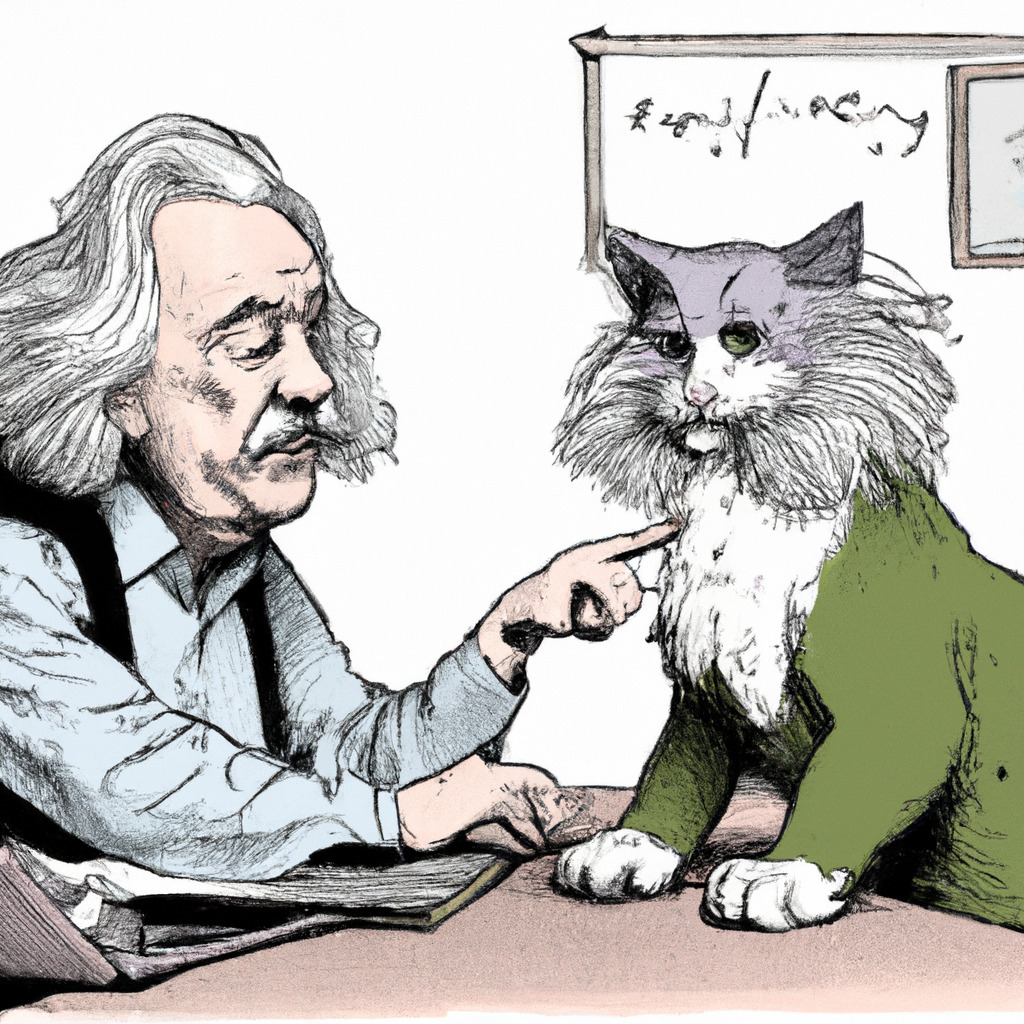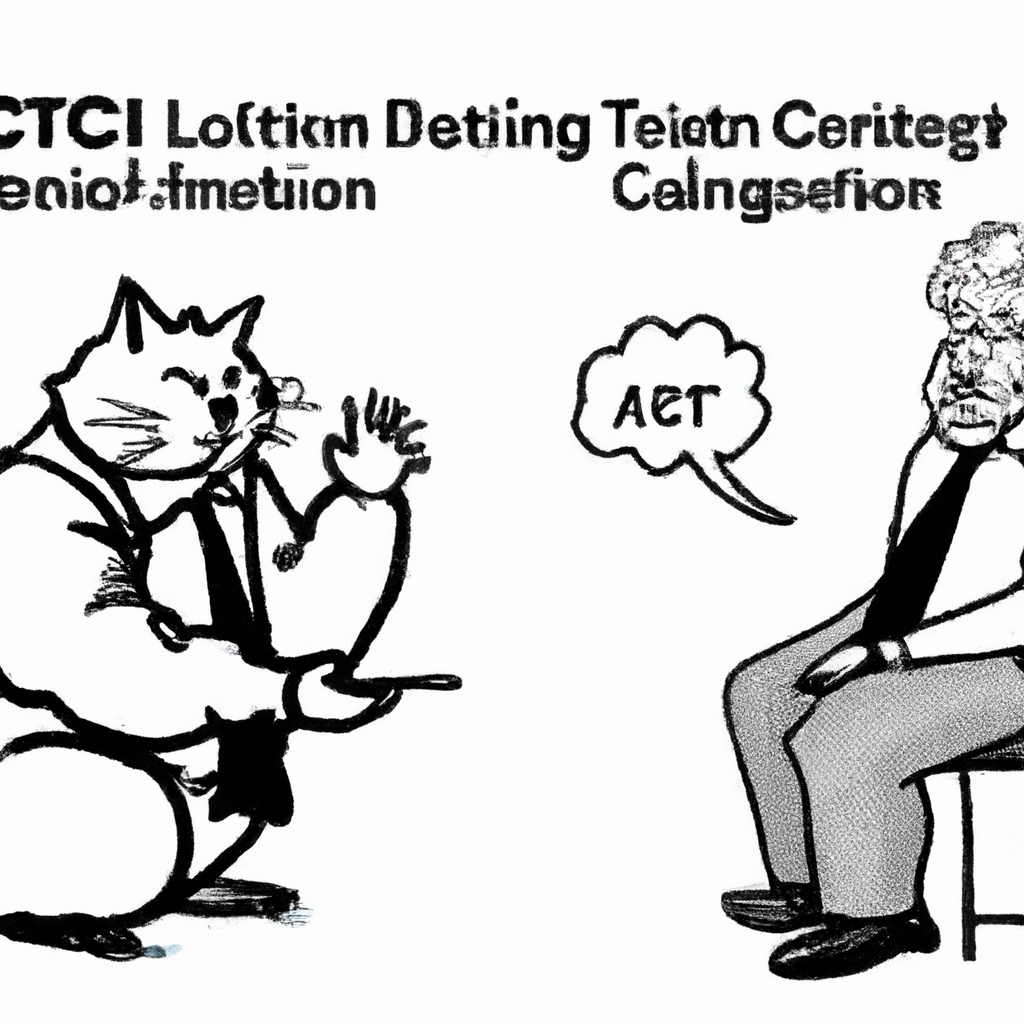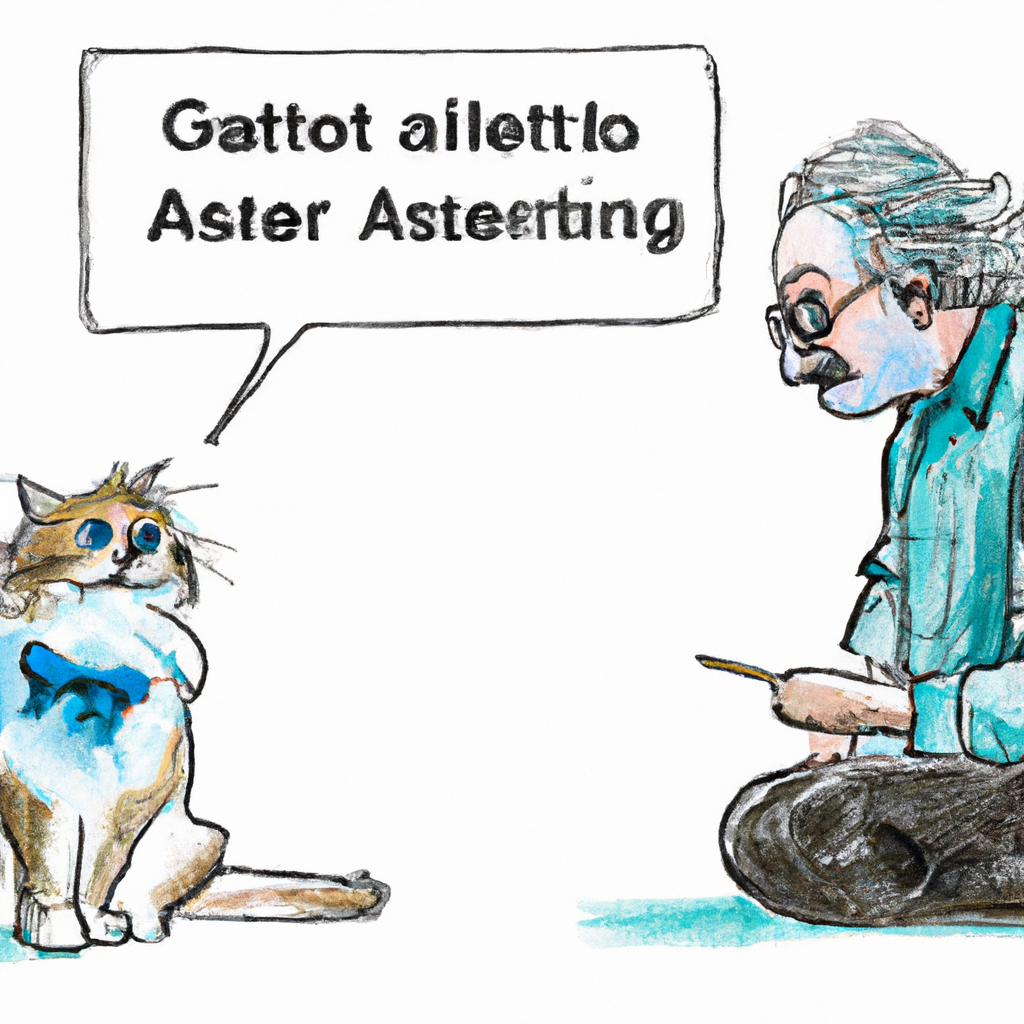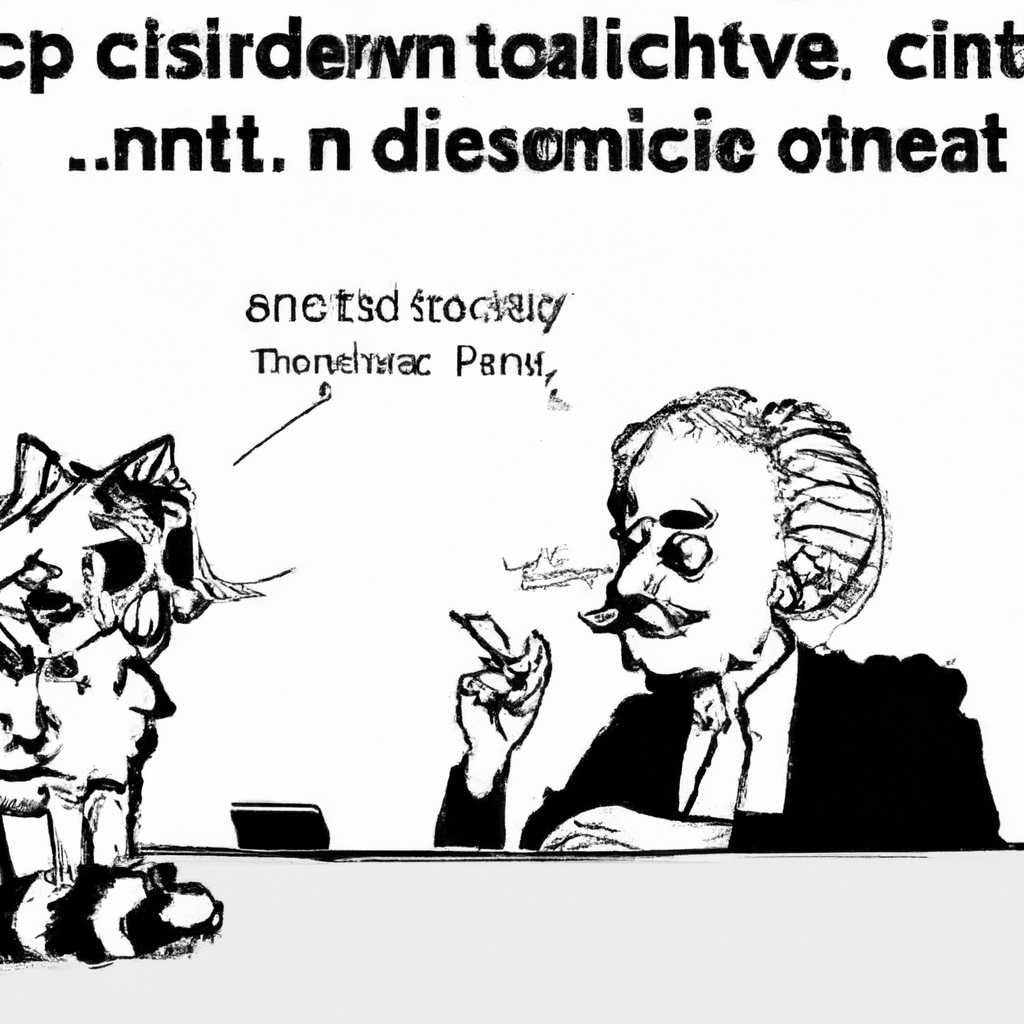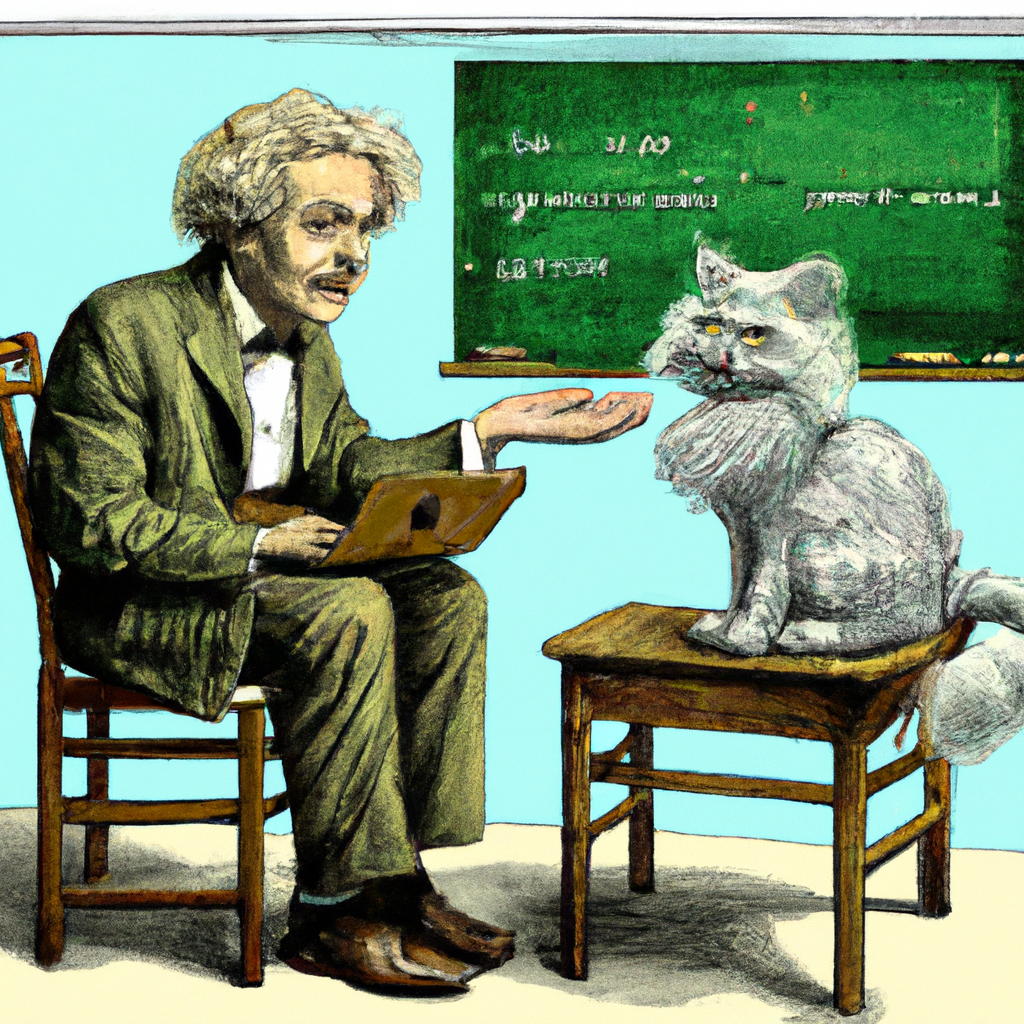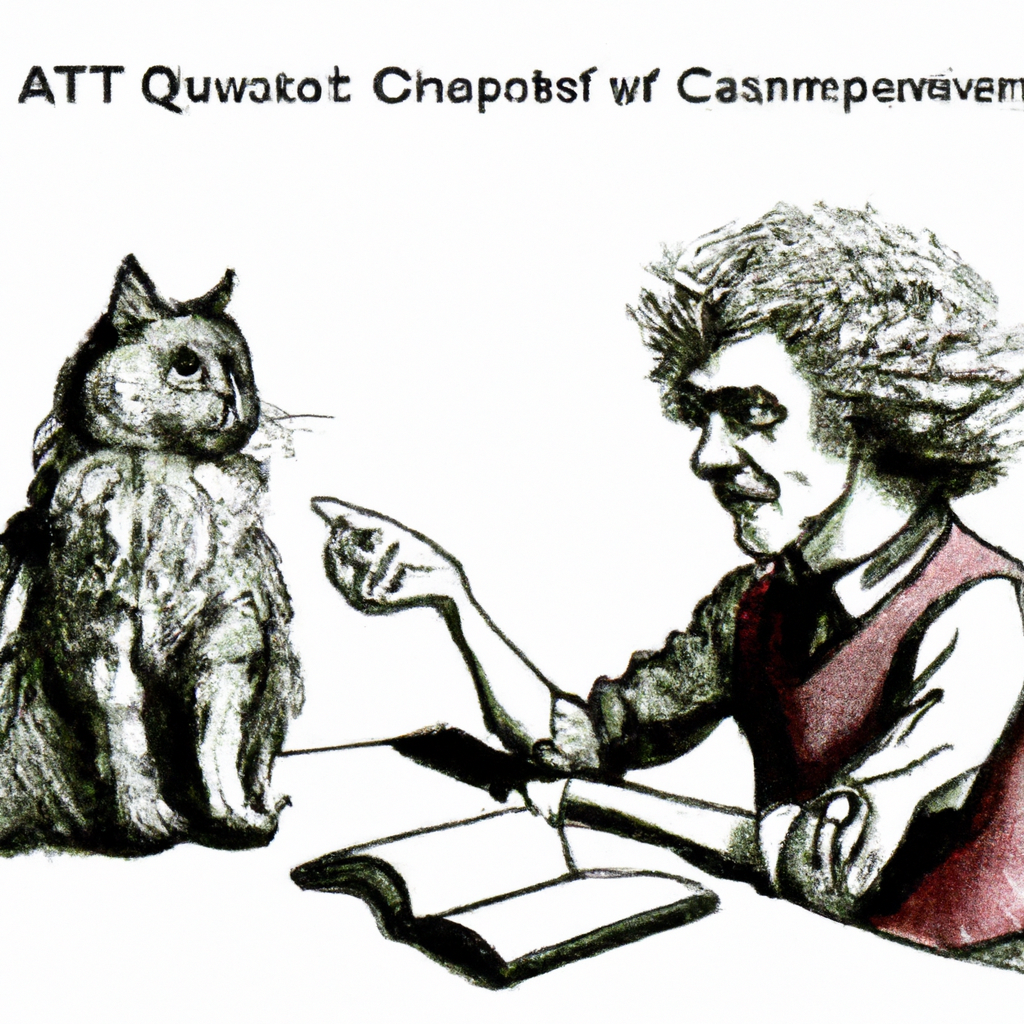 Keeping an Edge over Artificial Intelligence: The Guide to Harnessing the Power of Chat-GPT
Keeping an Edge over Artificial Intelligence: The Guide to Harnessing the Power of Chat-GPT
Chat Generative Pretraining Transformer (Chat-GPT) is an artificially intelligent language model developed by OpenAI. This sophisticated technology has gained popularity in recent years due to its wide range of applications, from drafting emails or other text content, writing Python code, translating languages and answering questions based on the information given.
This article aims at helping users fully utilize this cutting-edge AI model – providing tips for more effective use and throwing light on updates along with new features added recently. By understanding these improvements, it’s ensured that users get the most out of their experience with Chat-GPT.
#1 Understanding Prompts
To better use chat models like GPT-3 or Gpt-2 by OpenAI effectively requires a good understanding of prompts. Remember not to be too brief or vague while giving instructions; instead make them detailed and explicit. For example: Instead of using “Translate this”, one could say “Translate these English sentences into French”. The clarity in instructions enhances output quality significantly.
#2 Focused Instruction
The instruction should always focus on commanding rather than making a request. Rather than saying ‘Can you give me’, start off commandingly depicting what exactly is needed – ‘Give the translation for…’
#3 Upcoming Features & Updates
Recently there were meaningful updates enhancing user interaction both qualitatively as well as quantitatively:
a) Multi-turn conversations have become smoother now allowing storing conversation history which provides context for generating responses.
b) Multiple messages can be integrated as part any system message ensuring broader flexibility in conversation design.
c) Users would no longer need tokens after each message array element implementation since tokens are counted automatically across all elements involved during chat generation process.
d) A default temperature setting was introduced improving upon randomness control associated with output generated response offering options ranging between 0 & 1 catering individual user preferences.
#4 System and User Role in API
Remember that the conversation must have a system, user or assistant message element within it. The ‘system’ role can be used to set up the behavior of the assistant by providing necessary instructions or guidelines at the beginning of a session. Given that these AI models learn from examples better than following explicit instruction, this could prove helpful.
For example: Instead of saying “You are an Assistant”, one should consider using more defined context such as “You are an intelligent medical assistance trained thoroughly for diagnosing patient symptoms based on internationally recognized standards.”
The overall aim is to keep tweaking your inputs until you get satisfactory results because GPT-3 behaves like a sophisticated text editor which performs actions based on specific requests contained in initial input messages making its training data crucially important.
Stay updated with OpenAI documentation regularly exploring new releases featuring various improvements related specifically chat models especially those dealing generative pre-training transformers. This would help users expand their horizon while working with these innovative tools leading towards increased productivity along enhanced effectiveness during their interactions involving Chat-GPT applications.
Harnessing powerfully sophisticated AI tool offerings such as GPT-2 & 3 can indeed radically transform our professional landscape positively – Only if we recognize how to use them well!An individual interested in learning a new language can utilize Chat-GPT to practice conversational skills. One might begin by specifying the target language and then proceed with having conversations on various topics, asking for translations, or refining grammar knowledge. The user could also request information about common phrases used in that specific culture. This approach not only assists in improving linguistic proficiency but also provides an understanding of cultural nuances tied to the acquired language.
Here’s a story about Gato Rico
Once upon a time, in the bustling city of Meow York lived an audacious little cat named Gato Rico. His name wasn’t just for show; he truly was richer than any feline around, thanks to his uncanny knack for finding vintage sardine cans – which were highly prized by the quirky and eccentric cats of Meow York.
One day, while lounging on his opulent scratching post and examining one such can through gold-rimmed spectacles, he had a thought that made him pause mid-purr: “What if I could communicate with humans? I bet they’d give me tuna every day!”
As resourceful as ever, Gato decided to use this remarkable piece of AI technology called OpenAI’s chat-gpt. The device helped individuals across species borders communicate effectively – or at least that’s what its advertisement promised in Bold Catnip font.
Gaining access to it wasn’t much trouble for our clever kitty. After all who could resist those hypnotic green eyes when they stared so imploringly?
Operation Tuna Every Day kicked into high gear as soon as paws hit keys! He typed out messages like “Good human… more fish please”, “Sleek whiskers need treat rewards” or even an occasional harmless trick like “Cheeseburger under couch”.
The results weren’t always perfect – but often hilarious!
One evening after heavy paw-keyboard action read: “More tu-tu dressed fish peas,” instead of ‘more tuna dishes please’. And once he received thirteen pairs ballet slipper because ‘ballet’ appeared somewhere amidst ‘ball-of-string order’.
Another time due to leaping onto keyboard mid-sentence during nap-time stretch routine led message sounding more Klingon-meets-catish-emoji bombardment rather coherent request.
Despite confusion unintentional laughter generated among humans keeping them their toe beans (somehow that’s cats see our toes); Gato Rico never failed win tuna or other delicious treats – sometimes even dance attires.
The quirky stories about his hilarious chat-gpt powered misadventures spread across Meow York, painting city in laughter. Through all trials error Gato learned not just art communication but also beauty bringing joy (and bit confusion) into lives others.
In end ‘Tuna Every Day’ operation might have had few hiccups along way he was now most talked-about cat-town considered unofficial jester of Meow York!
And so, the legend of Gato Rico – the rich, funny and charmingly clumsy cat with a heart as golden as his spectacles continued to thrive. His tales served as reminders that language barriers could be overcome through patience filled with generous amounts days full hearty laughs – definitely an extra can(or two)of tuna!
